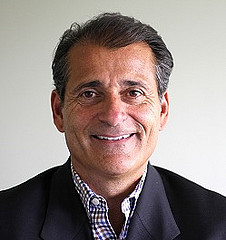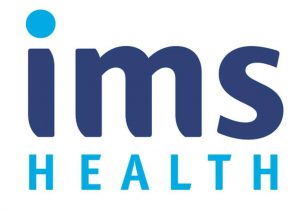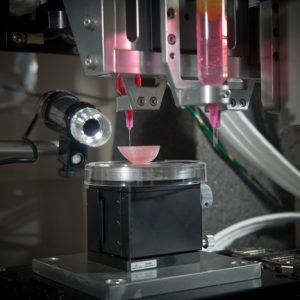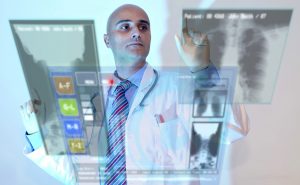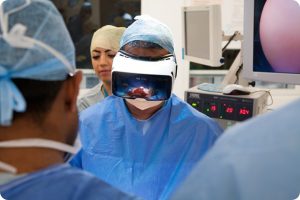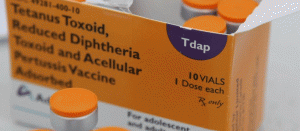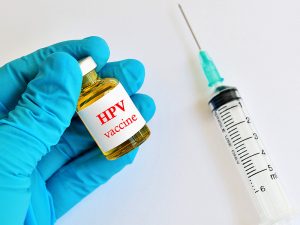Human Metapneumovirus Trends
Frank Magliochetti Report
Human is a respiratory virus that can cause lower and upper respiratory tract infections, including bronchitis and pneumonia, and may even trigger asthma. Acute respiratory tract infections are the most common reason for doctor office visits, according to the American College of Physicians. Illness associated with hMPV can be severe; the virus is associated with an associated 20,000 hospitalizations of children aged 5 and younger in the United States each year. Elderly and immunocompromised individuals are at higher risk of the disease.
History of hMPV
Until just a few short years ago, the hMPV virus was different from other common respiratory viruses as PCR-based methods using virus genome-specific primers and immunological assays using virus-specific antibodies failed to identify the pathogen. It was only after the application of a molecular biology tool, known as randomly primed PCR, could researchers identify portions of the virus’s genomic sequence.
In 2001, a team of scientists headed by B.G. van den Hoogen identified hMPV in children with respiratory tract infection by using randomly primed PCR to obtain a genomic sequence of the pathogen. Based on the sequence data currently available, the human metapneumovirus seems to be a close relation of another member of the Metapneumovirus genus, the avian pneumovirus.
Since its discovery just over 16 years ago, laboratory testing has confirmed the virus in patients around the globe. Today, scientists recognize human metapneumovirus as an emerging pathogen that may have been causing respiratory tract infections for at least 60 years.
Testing and Treatment of hMPV
 Testing is not yet widely available, according to the American Lung Association, but the most common method is by swabbing and testing secretions from the nose or throat. Bronchoscopy may be used to collect specimens in hospitalized patients.
Testing is not yet widely available, according to the American Lung Association, but the most common method is by swabbing and testing secretions from the nose or throat. Bronchoscopy may be used to collect specimens in hospitalized patients.
There is no direct treatment for hMPV infection so treatment focuses on alleviating symptoms of fever, runny nose, cough and sore throat. The symptoms of human metapneumovirus typically last for 2 to 5 days. Management focuses on the use of over-the-counter fever and pain remedies along with decongestants.
hMPV Trends in the United States and By Region
hMPV infections typically develop during flu season in winter and early spring, according to a report published in April 2016, and typically after the onset of respiratory syncytial virus (RSV).
The Centers for Disease Control and Prevention (CDC) collects weekly laboratory PCR and antigen testing result data and 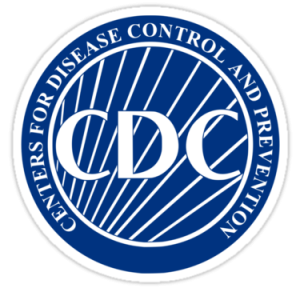 tracks trends of hMPV by region. In nationwide testing, positive results by PCR testing for the year 2016 peaked at 9 percent in the middle of February while the number of positive antigen tests peaked at 9.5 percent in March.
tracks trends of hMPV by region. In nationwide testing, positive results by PCR testing for the year 2016 peaked at 9 percent in the middle of February while the number of positive antigen tests peaked at 9.5 percent in March.
hMPV peaks later in the Northeast, with positive PCR test results peaking at the end of February and March and a spike in positive antigen results of 10.4 percent at the end of April 2016.
The Midwest had the highest rates of positive test results in 2015, with about 13 percent of hMPV tests returning positive results. The southern section of the United States sees its peak hMPV tests in March with a 10 percent positive antigen testing rate and 8 percent positive PCR rate. The West had high hMPV positive test rates throughout February, reaching their 2016 PCR positive test peak of 11.3 percent in the last week of February. Antigen detection tests yielded unsteady results in that region.
The CDC and other agencies will likely collect more information about hMPV trends and treatments as diagnostic tools become more available.
Source
https://www.ncbi.nlm.nih.gov/pmc/articles/PMC1539100/
http://www.medscape.com/viewarticle/861392
https://www.ncbi.nlm.nih.gov/pubmed/11385510
http://pediatrics.aappublications.org/content/early/2016/03/31/peds.2015-2927
https://www.cdc.gov/surveillance/nrevss/hmpv/index.html
Frank Magliochetti is Managing Partner for Parcae Capital.
-
North Andover, Massachusetts
This column of posts is directed at the Healthcare Industry. Frank plans to release new sites dedicated to the industry – . He currently assists companies who are building, restructuring, transforming and resurrecting there business’s. An example of his client base are, Xenetic Biosciences , IPC Medical Corp, Just Fellowship Corp, Environmental Services Inc., Parsons Post House LLC, ClickStream Corporation as well as having a business talk radio show; The Business Architect on the URBN network.
